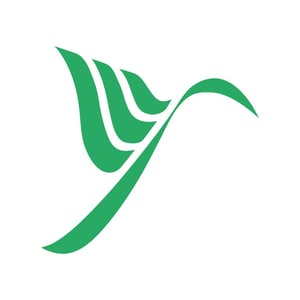New products and services are increasingly utilizing AI in one way or another. Use cases for AI are diverse and although there are general guidelines for AI patenting, determining whether a specific solution employing is patentable requires a more detailed analysis. Berggren provides a wide range of tools for IP protection of AI-related solutions.
To identify protectable features from the AI-related product, few questions should be asked:
- does the product include software elements to be standardized?
- does the product include elements to be used in marketing?
- does the product include user interface elements?
- do any of the previous elements or any other elements included in the product have technical effect on the prior solutions? Are those elements also novel and inventive?
Patent as a protection tool can be considered if the answer to Question 4 is YES. Technical contribution, i.e., technical effect of the solution, may be difficult to be proven. However, if the solution contributes to an internal operation of a computer or its interfaces, or to external devices or operations, then technical effect may be justified. If the answer to Question 4 is NO, or if it is otherwise decided that patenting is not an option, two alternatives to patenting are (1) to maintain the solution as a trade secret, or (2) to publish the solution.
In addition to, or as an option to patenting, other forms of protection can be obtained for AI-related products. If the product includes user interface elements (answer to Question 3 is YES), and these user interface elements are unique, a design right (or a design patent) protecting unique appearance of a product (e.g. user interface) should be considered.
If the product includes elements to be used in marketing (answer to Question 2 is YES), trademark protection should be considered. At a minimum, the product name and logo warrant trademark protection, but trademark also can be applied for example for certain leading game characters.
From the brand creation’s point of view, trademark and design right are strong protection tools that provide exclusive rights to the impression a customer has about the company and/or the product.
In addition to considerations relating to IP protection, it is also important for a company to identify any third party data that is involved in the AI-related product. This should include not only external data, but also open source code. For external data, the company should confirm that they own or otherwise have sufficient rights to the data, such that they are able to use it. For open source code, the company should examine the license in order to determine whether its coverage is sufficient, and whether there are limitations which affect the delivery of the computer program.
Together with Berggren's patent attorneys and IP lawyers in the AI-SIG, you can find the answers to the right questions for protecting AI solutions in your business which help you to
- master IP protection of your AI solution, and
- obtain the best possible advantage of IP whatever your use case or technical context for AI is.
Blog writers Marjut Lattu and Jukka Kantanen are part of our AI Special Interest Group (AI-SIG) that concentrates on AI from the IPR perspective. AI-SIG is a group of IP professionals from various technologies (chemistry, mechanics, electronics, etc.) and of IP lawyers, each having a personal interest and professional capability to help our customers in any IP question or need which relates to AI.

